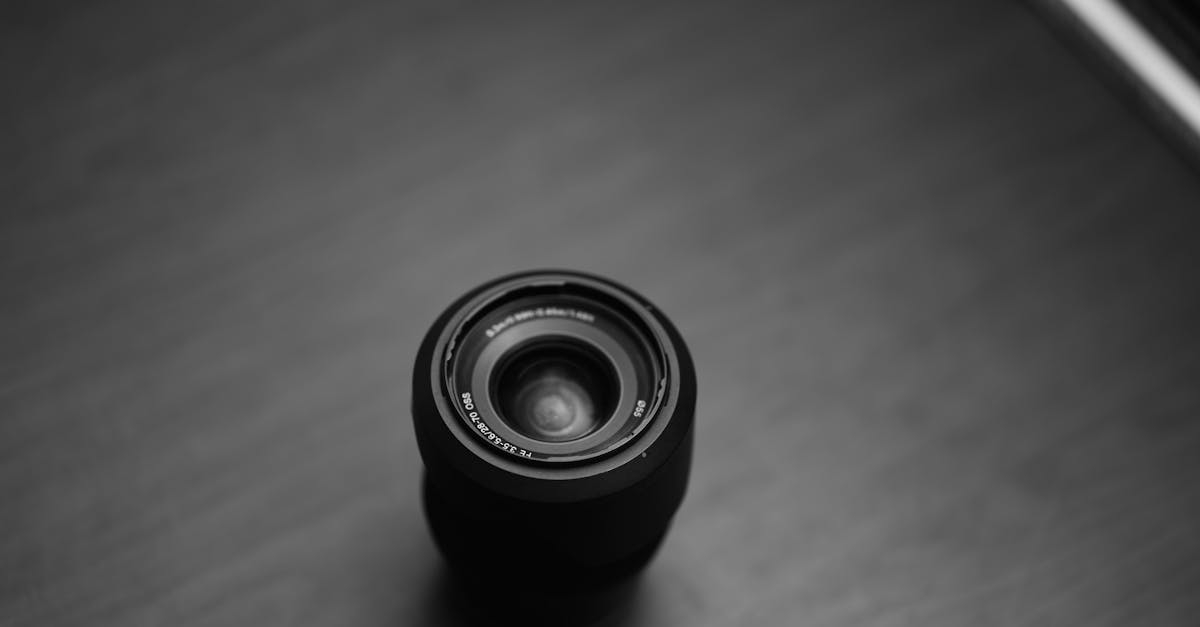
When it comes to choosing a camera for photography, beginners often find themselves faced with a critical dilemma: Should they opt for a DSLR (Digital Single-Lens Reflex) camera or a mirrorless camera? Both categories have their advantages and disadvantages, and understanding them can make a big difference in your photography journey. In this blog post, we will explore the key comparisons between DSLRs and mirrorless cameras, helping you make an informed decision.
Before diving into the comparison, it is essential to know what each type of camera entails. DSLRs have been around for quite some time and rely on a mirror mechanism to reflect light from the lens up into an optical viewfinder. This allows photographers to see exactly what their lens sees. In contrast, mirrorless cameras, as the name suggests, do not have this mirror mechanism. Instead, they use electronic viewfinders or LCD screens to display a digital representation of the image captured by the sensor.
One of the most noticeable differences between DSLRs and mirrorless cameras is their size and weight. Generally, DSLRs tend to be bulkier and heavier due to their internal mirror and prism system. This can be a disadvantage for beginners who are looking for a camera that is easy to carry around during outings. On the other hand, mirrorless cameras are typically more compact and lightweight, making them more convenient for travel and everyday use.
When it comes to battery life, DSLRs generally hold the upper hand. Because they rely on optical viewfinders, they consume less power when compared to the electronic viewfinders used in most mirrorless cameras. This can be a significant advantage for beginners who may not always have access to a charging station or spare batteries while out shooting. Mirrorless cameras have made strides in battery efficiency, but it’s still common for them to require more frequent charging.
Traditionally, DSLRs have been known for their faster autofocus systems, especially in low-light conditions and during continuous shooting, thanks to their phase-detection autofocus mechanisms. However, mirrorless cameras have made significant progress in this area. Many newer models now incorporate advanced autofocus technologies, including hybrid autofocus systems that combine phase-detection and contrast-detection, providing speedy and accurate focusing. For beginners, the choice may come down to specific models, as some mirrorless options can outperform DSLRs in this category.
Lens selection is crucial for any photographer. DSLRs benefit from years of development in terms of lens compatibility, offering a vast variety of lenses, from wide-angle to telephoto. This large selection can be incredibly beneficial for beginners looking to explore different styles of photography. Meanwhile, mirrorless cameras are catching up. While they may not yet have the same extensive range of lenses available, many brands are rapidly expanding their offerings. For beginners, it's essential to consider which systems have lenses that suit their photographic needs.
Both DSLRs and mirrorless cameras can produce high-quality images. The difference in image quality is often attributed more to the sensor technology and image processing capabilities than to the type of camera. Both types feature similar sensor sizes, which means that the final image output can be quite comparable. When choosing a camera, beginners should focus on overall image quality, low-light performance, and the specific features that matter most to their photography style.
For beginners, the user interface and learning curve can be significant factors in the decision-making process. Many DSLRs come equipped with intuitive controls and a more familiar setup, especially for those who have used traditional film cameras. This can make them a more comfortable choice for novice photographers. Mirrorless cameras, on the other hand, often feature customizable settings and digital displays that can be appealing for tech-savvy users. However, beginners might find themselves overwhelmed by the digital complexity of some models.
Ultimately, whether you choose a DSLR or a mirrorless camera will depend on your personal preferences, budget, and photography goals. If you value a DSLR’s established ergonomics, longer battery life, and extensive lens selection, it might be the right fit for you. Conversely, if you prefer a lightweight and compact option with modern features and advanced autofocus systems, a mirrorless camera could be your best choice. Regardless of your decision, both options can provide exceptional photographic experiences for beginners looking to explore the world through a lens.